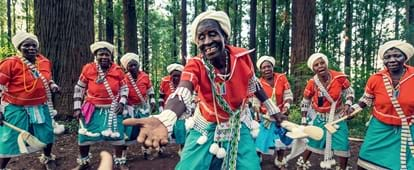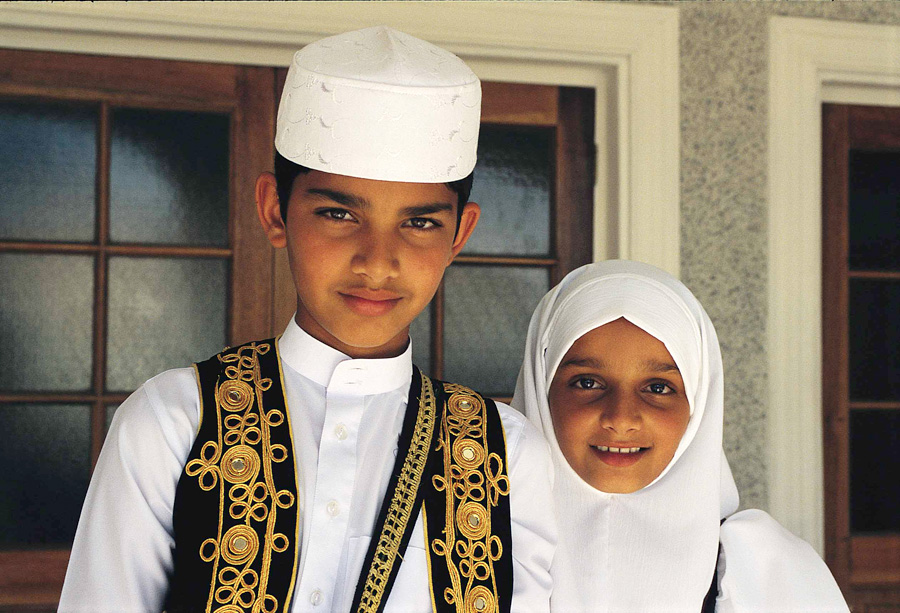Rumored Buzz on South African Culture Today
Rumored Buzz on South African Culture Today
Blog Article
South African Culture Today Can Be Fun For Everyone
Table of ContentsThe Only Guide to South African Culture TodaySouth African Culture Today Can Be Fun For AnyoneSome Ideas on South African Culture Today You Should KnowExcitement About South African Culture TodaySouth African Culture Today for BeginnersNot known Details About South African Culture Today
This adheres to with vocal singing and drum beating. The couple then fulfill with the seniors and discuss the importance of their union. An issue of value in Zambian villages is the passing away of enjoyed ones. All participants of the village put cash, time and initiative together for the interment of the deceased.Songs and dance is an extremely essential aspect of the Zambian culture. The different tribal devices have their very own dance types; nevertheless, makishi is usual among all people.
The Basic Principles Of South African Culture Today
When it comes to songs, drums are utilized the most, with a range of drumming ceremonies. In Zambia, bulk of the individuals are Christian; Protestant and Roman Catholic. There are small teams of Muslims and Hindus, with the remainder following neighborhood native tribal ideas.

South African heritage and society is profoundly diverse, and consists of various teams of people who each have their very own traditions and ideas. Having such a variety of individuals and cultures is what makes South Africa so special. In truth sense of the expression, we are a rainbow nation.
South Africa has roughly 3 hundred thousand Portuguese individuals living in it. Making it the 7th on the list of countries with one of the most Portuguese individuals in it outside of Portugal. Portuguese is not only a culture, however it is additionally a language and a race. Portuguese individuals stem from the country of Portugal in Europe, nevertheless, because of Portugal (like several various other nations in Europe) discovering the globe and overcoming other countries throughout the 15th 20th centuries, South Africa has what we call Portuguese South African's living in it.
Rumored Buzz on South African Culture Today
Amongst the popular attributes of the topography is a plateau that covers practically 2 thirds of the center of the nation. The plateau complex climbs toward the southeast, where it climaxes in the Drakensberg range, component of a cliff that separates the plateau from the coastal areas. The Drakensburg consists of Sparkling wine Castle, the greatest peak in the country.
The area north of the Witwatersrand, called the bushveld, slopes downward from east to west towards the Limpopo River, which creates the international boundary. The western area of the plateau, the middleveld, also descends towards the west and differs in elevation between the highveld and bushveld. In between the Drakensburg and the eastern and southerly coastline, the land descends to the sea.
Nearer the coastline there is a low-lying level called the eastern lowveld. Southwest of the plateau the country becomes considerably more dry, paving the way to the stony desert of the Great Karroo, approached the east by the reduced, better sprinkled plateau of the Little Karroo. Separating the completely dry southerly interior from the sandy coastal of the southerly coastline and West Cape is an additional array, the Langeberg.
South African Culture Today - Truths
The nation's racially, ethnically, and politically divided history has produced national and subnational symbols that still work as symbols of the country, and others symbols that are accepted only by particular teams. The monuments to white settler conquest and political supremacy, such as the Afrikaner Voortrekker ("pioneer") Monument in Pretoria and the Rhodes Monument honoring the British colonial realm home builder and Cape prime preacher Cecil Rhodes, remain sectarian symbols.
The first contemporary citizens were the San ("bushman") hunter-gatherers and the Khoi ("Hottentot") peoples, who rounded up livestock (South African culture today). The San might have been existing for hundreds of years and left evidence of their visibility in countless ancient cave paintings ("rock art"). Bantu-speaking clans that go were the forefathers of the Nguni (today's amaZulu, amaXhosa, amaSwazi, and vaTsonga peoples) and Tswana-Sotho language groups (today's Batswana and Southern and Northern Basotho) moved down from east Africa as very early as the fifteenth century

Both former republics of the Orange Free State and Transvaal (South African Republic) were established by Afrikaner inhabitants who beat and dispossessed the Basotho and Batswana. Lesotho would have been by force included into the Orange Free State without the expansion of British security in 1869. The supreme unification of the nation resulted from the South African War (18991902) in between the British and both Afrikaner republics, which decreased the country to ruin at the beginning of the twentieth century.
Afrikaners traditionally considered themselves the just true South Africans and, while giving complete citizenship to all homeowners of European descent, denied that condition to individuals of shade until the autonomous change of 1994. British South Africans retain a feeling of cultural and social link to Great Britain without deteriorating their identification as South Africans.
Not known Factual Statements About South African Culture Today
The variety and fragmentation within ethnic groupings and the balance of tensions between those groups throughout the twentieth century stopped interethnic civil problem. While intergroup stress over sources, entitlements, and political prominence continue to be, those problems are as most likely to pit Zulu against Zulu as Zulu versus Xhosa or African versus Afrikaner.
From colonial India, British sellers and managers brought the rounded metal ornamental roofings and slim shoelace work columns that still represent the verandas of cottages in communities and cities throughout the country. Homes of praise contribute an essential architectural aspect also in the tiniest towns. In addition to the skyrocketing steeples and classic stonework of Afrikaans Dutch Reformed churches, Anglican churches, synagogues, mosques, and Hindu temples offer range to the spiritual building scene.

Slaughtering and the developing of conventional grain beer are vital in securing the participation and goodwill of the right here forefathers who are taken into consideration the guardians of great ton of money, prosperity, and wellness. Indian communities keep their native cooking customs and use them on Islamic and Hindu routine and ceremonial events. Afrikaners and Coloured individuals collect at weekend breaks and unique occasions at multifamily barbecues called braais, where neighborhood bonds are reinforced.
Due to the fact that this was the primary economic venture of both black Africans this content and white homesteaders, conflict between those groups fixated the possession of grazing land and livestock. In 1867, the largest ruby down payments on the planet were found at Kimberley in the west main location. The wealth from those fields assisted fund the exploitation of the best gold coral reef worldwide, which was found on the Witwatersrand in 1886.
Little Known Questions About South African Culture Today.
This caused misunderstandings and deliberate misrepresentation in the ventures of white inhabitants and government officials with African principals during the early american duration (South African culture today). In the facility of African reserves, some aspects of communal and chiefly "tribal count on" land period were preserved, and also in white backwoods, types of communal tenure were still practiced in locations with African communities
After the democratic transformation of 1994, programs for land restitution, redistribution, and reform were set up, however progress has actually been sluggish. The white minority still controls eighty percent of the land. Following agricultural land intrusions in Zimbabwe, the Department of Land Matters has vowed to speed land redistribution.
Report this page